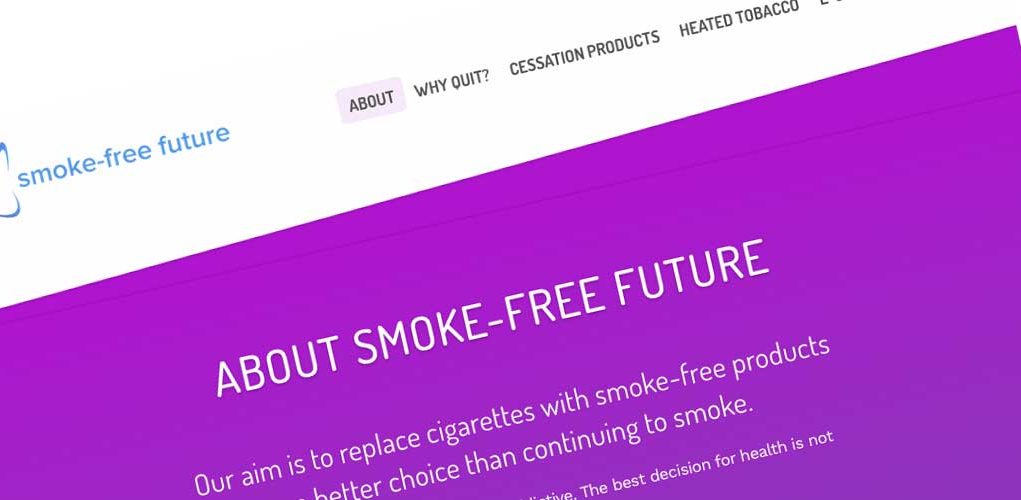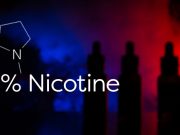As quoted by Ekathimerini, he did acknowledge that these products “are not risk-free and are addictive,” but, he rightly added, they are a “much better choice” compared to continued smoking and traditional cigarettes. Of course countless studies have confirmed this.
Comparing the risks of vapes and HTPs
A study conducted by PMI’s competitor BAT titled, “A randomized controlled study in healthy participants to explore the exposure continuum when smokers switch to a tobacco heating product or an E-cigarette relative to cessation,” aimed to understand the risks associated with vaping and using HTPs, in comparison to smoking cessation coupled with non use of any such product.
The researchers followed a total of 148 healthy smokers, who were randomized to either continue smoking cigarettes, switch to using BAT’s Glo HTP or a prototype EC, or completely quit any nicotine or tobacco product use for 5 days, after a 2-day baseline period. The researchers proceeded to collect breath and 24-h urine samples in order to conduct a Biomarker of Exposure (BoE) analysis.
The compiled data indicated that after the 5-day switching period, BoE levels showed a substantial significant decrease in levels from baseline in the groups using either Glo or the prototype EC. In line with previous findings, the researchers found that on an exposure continuum, smokers who completely quit nicotine had the lowest levels of assessed BoEs, followed by those who switched to the EC and then those who switched to Glo.
Specifically for the heated tobacco product IQOS, used by 21 million people worldwide, and 360,000 in Greece, the average levels of harmful chemicals are reduced by up to 95%.
This expansion is a natural evolution process for the tobacco company
Meanwhile, when asked about PMI’s plans to expand into wellness and healthcare areas, Olzak said that this is a natural evolution process for the tobacco company. “This is a natural evolution for PMI to further transform our business into a broader lifestyle, consumer wellness and healthcare company in the future. It is an evolution that will deliver not only on our continued commitment to achieve a smoke-free future, but also in developing and commercializing scientifically substantiated products and solutions that meet unmet consumer and patient needs.”
He added that the market is ready for these changes. “The market for wellness and healthcare products is large and growing. We have several focus areas in our pipeline. For consumer and over-the-counter wellness products, we have several initiatives looking at focus, sleep, energy, pain and calm. In healthcare, we believe there are significant unmet patient needs for fast and effective treatments in cardiovascular, such as myocardial infarction, and neurology, such as migraine, which can be served by innovative solutions. We have recently accelerated this part of our strategy with the acquisition of Vectura, a provider of innovative inhaled drug-delivery solutions, and Fertin, a leading developer and manufacturer of innovative pharmaceutical and well-being products based on oral and intra-oral delivery systems,” said Olzak.
Olzak also believes that, in addition to existing efforts to stop people from starting smoking and to help them quit, offering smoke-free alternatives to adults who choose to continue smoking can also have a positive impact on public health. In this context, he calls on the authorities, policymakers and public health groups to act accordingly.












